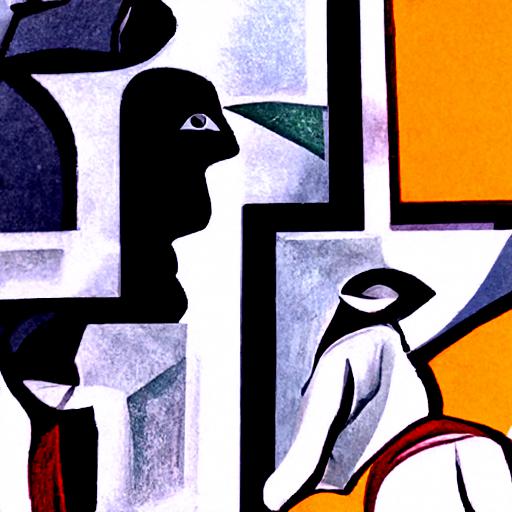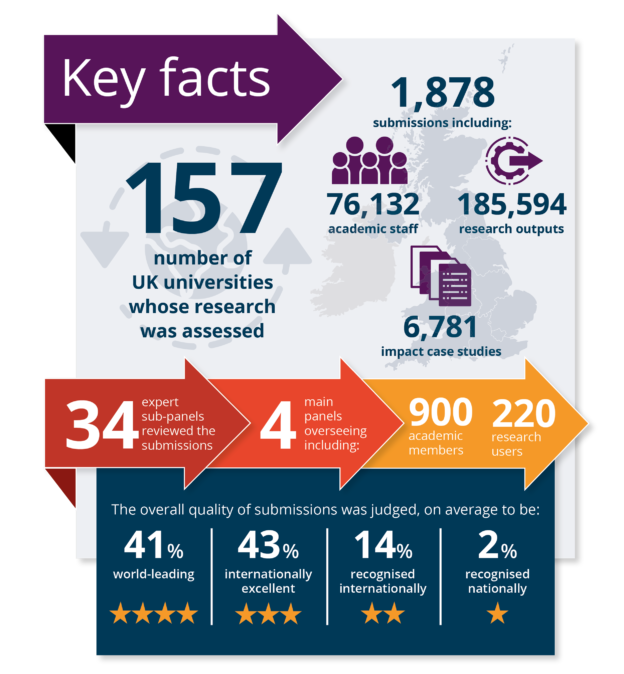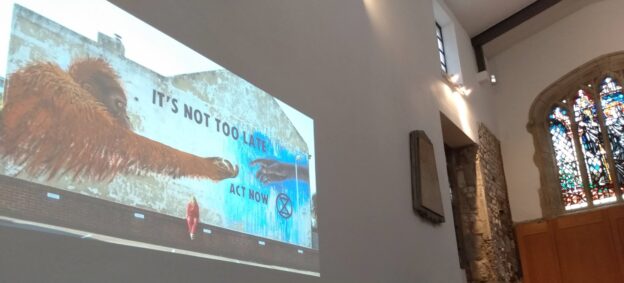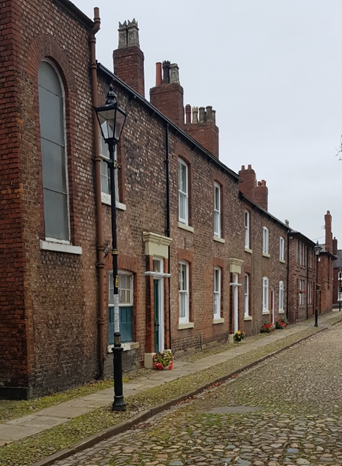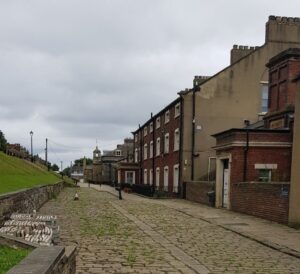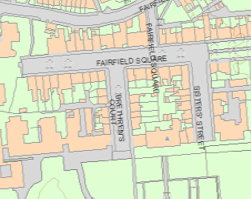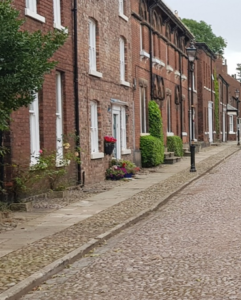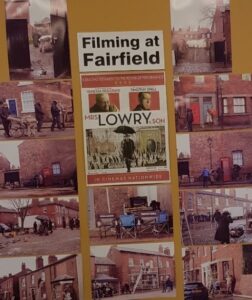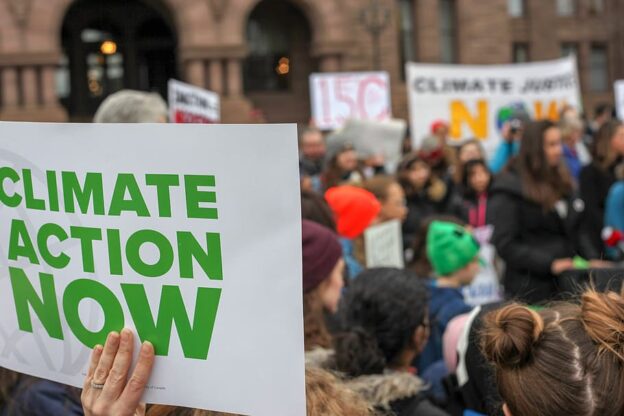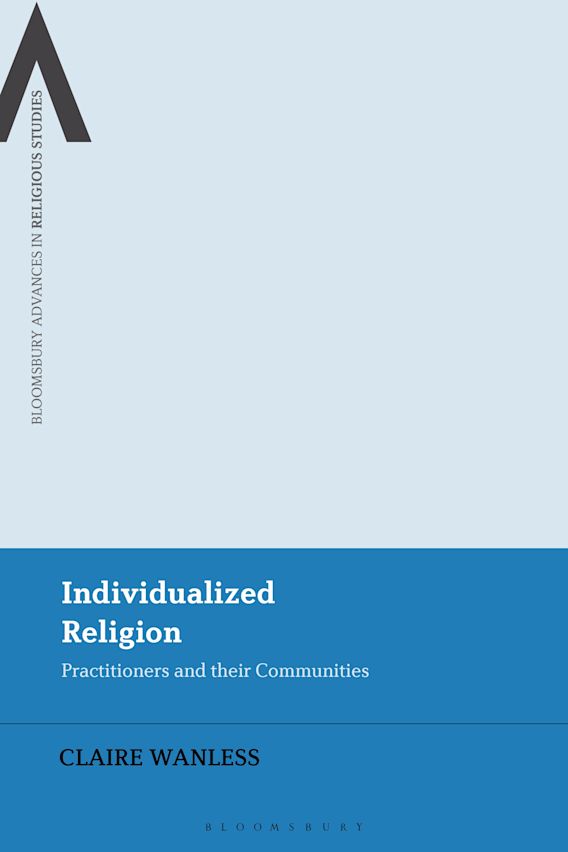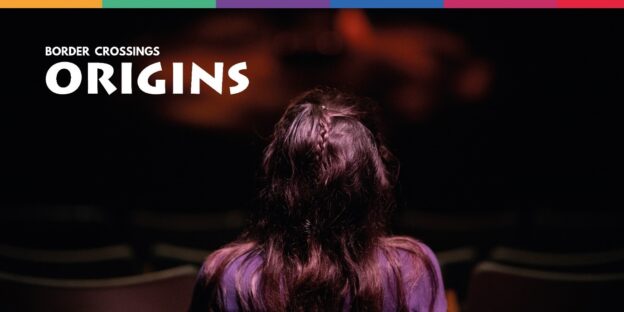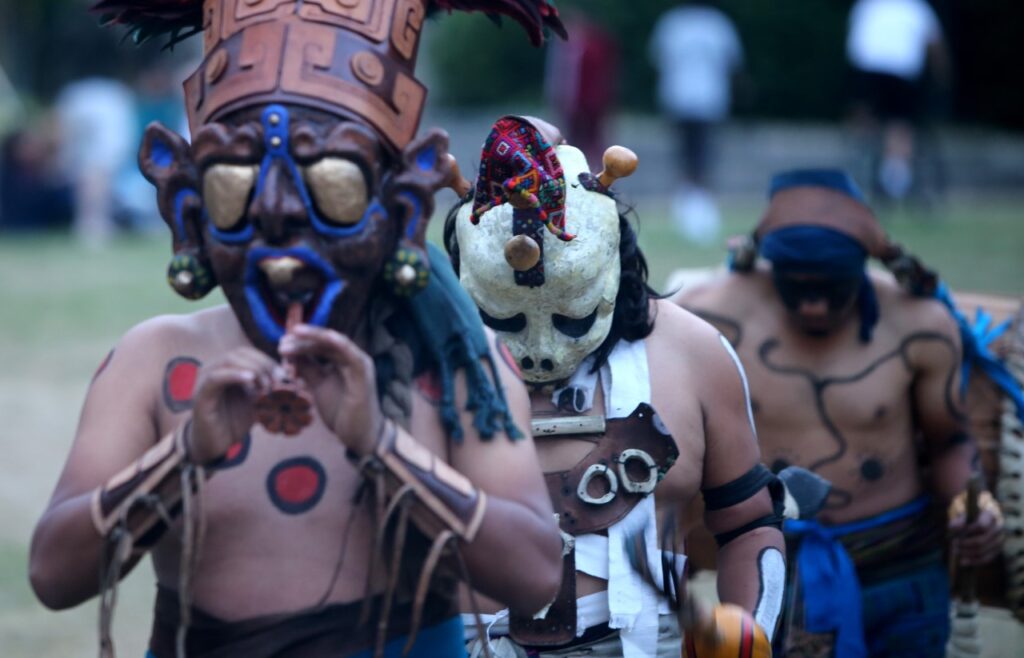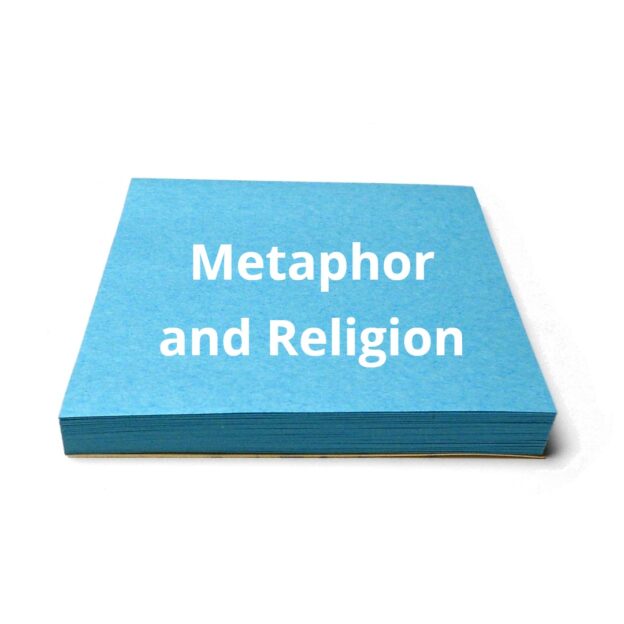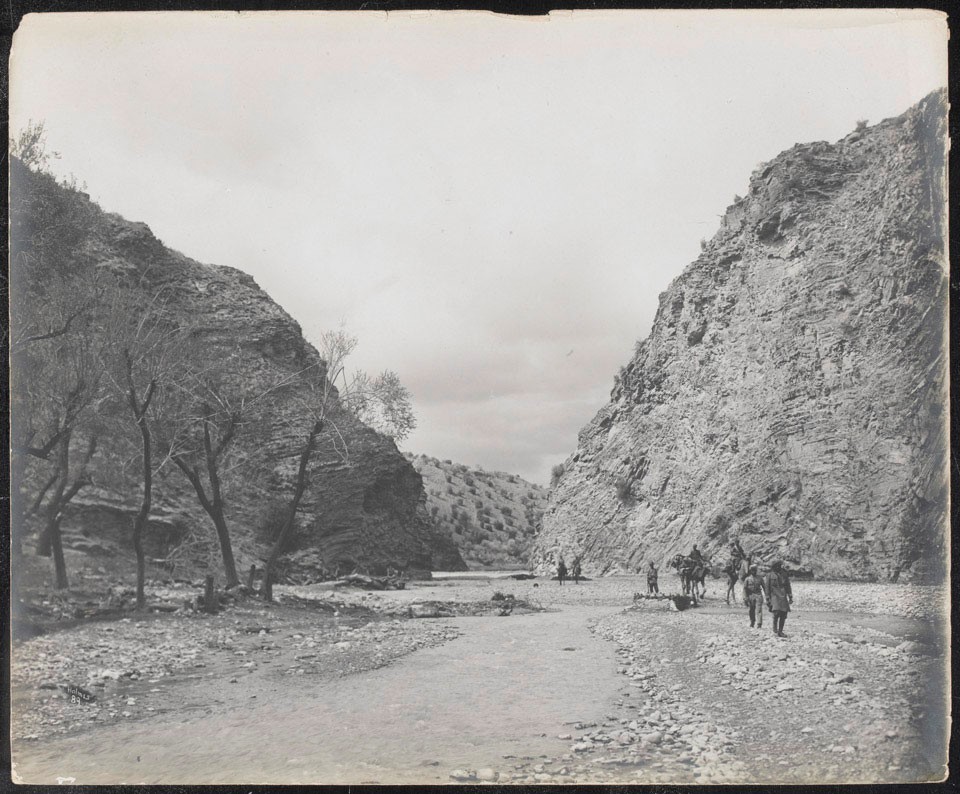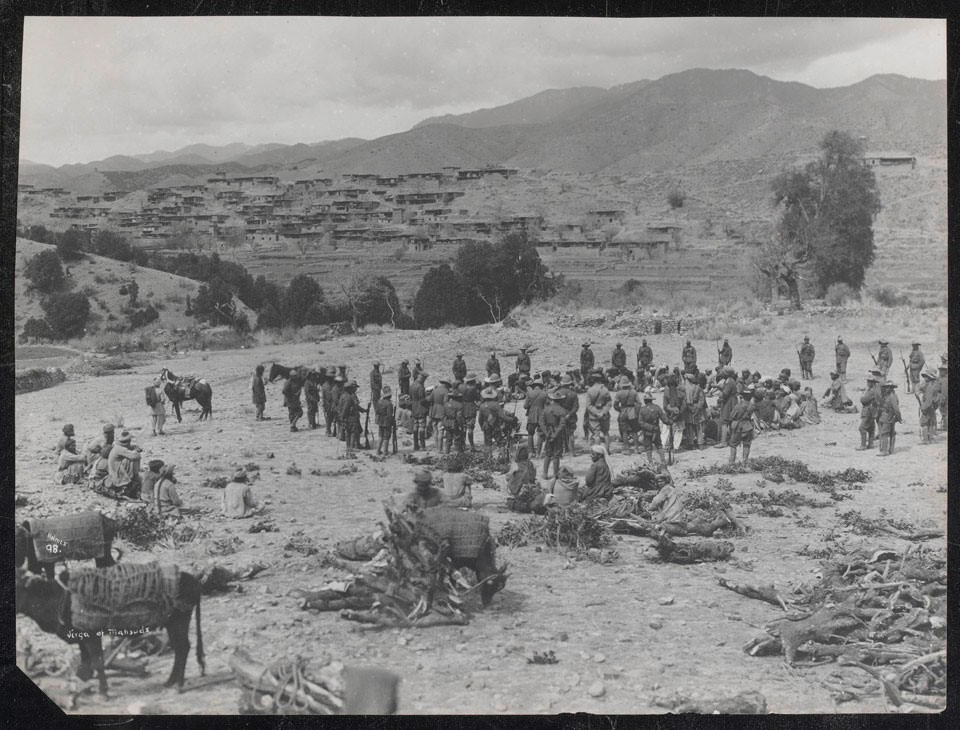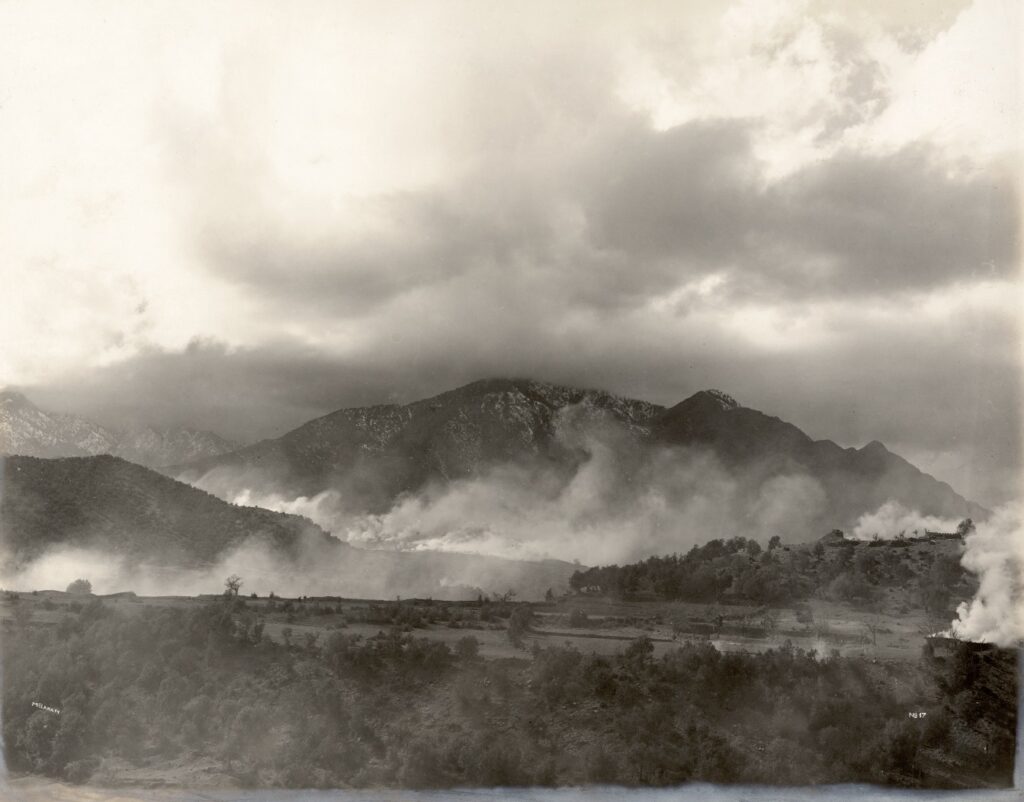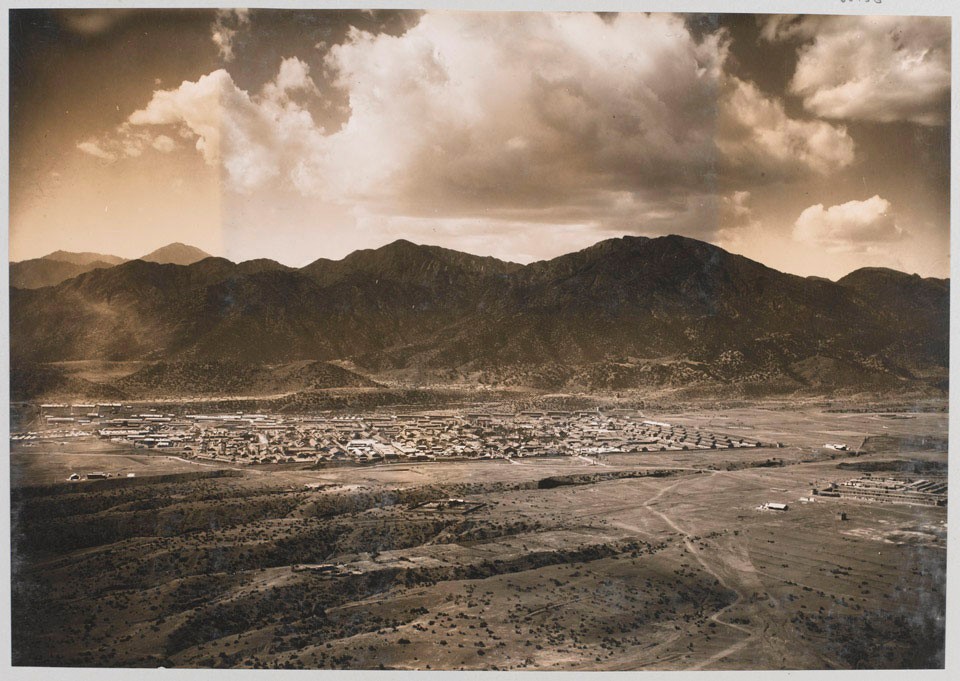The Religious Studies Department here at the Open University has just reached the conclusion of an 18-month collaborative project exploring the thoughts of stakeholders ‘outside the classroom’ on Religious Education in schools and the proposals for shifting the school paradigm to an approach called ‘Religion and Worldviews.’
Proposed Religion and Worldviews national entitlement summary:
Pupils are entitled to be taught, by well qualified and resourced teachers, knowledge and understanding about:
· what religion is and worldviews are, and how they are studied;
· the impact of religion and worldviews on individuals, communities and societies;
· the diversity of religious and non-religious worldviews in society;
· the concepts, language and ways of knowing that help us organise and make sense of our knowledge and understanding of religion and worldviews; the human quest for meaning, so that they are prepared for life in a diverse world and have space to recognise, reflect on and take responsibility for the development of their own personal worldview.
(NATRE, CoRE, RE: Today, n.d.).
Over the last year, this research group has explored three key research questions with a series of focus groups and surveys. We asked for opinions and impressions on 1) the current State of Religious Education in schools, 2) the ‘Religion and Worldviews’ proposal and 3) What is needed to improve the quality and public perception of RE teaching. We explored these issues with:
- Religious and Non-Religious Community Interest Groups (31 focus group participants in 4 geographically distinct locations)
- Standing Advisory Councils on Religious Education (SACRE) Members (9 focus group participants and 144 survey responses)
- Parents (3 focus group participants and 45 survey responses)
- School Leadership, i.e. Multi-Academy Trust leadership, School Heads and other senior leaders (6 focus group participants)
- Academics and Policy Professionals (14 focus group participants)
The general conclusions from this process were that there is a need and appetite for greater engagement between the different stakeholders (Harvey et al. 2022). Schools, SACREs, community groups and parents all expressed enthusiasm for working together. It was also suggested that support and best practice guidance on this would be appreciated. Academics were keen to host and/or facilitate networking meetings and provide content to inspire school-level pupils (e.g. see the OpenLearn courses Why not ‘World Religions’? and Census Stories).
Greater community engagement could also contribute to greater positive perceptions of RE/RW education and hence to greater critical religious literacy in the long term. More interaction with academics could ensure that school and university-level teaching on religion can lead to better alignment between educational levels. The importance of better integrating school and university-level approaches to the study of religion was also a focus of a recent report by the Independent Schools Religious Studies Association.
Another important conclusion from the project research is a need for more clarity and better messaging around ‘What is being taught and why?’ in Religious Education. While the British public has generally negative attitudes towards religion in general (Harvey et al. 2021b, p. 6), once the aims of religious education in schools are explained, i.e. the national entitlement summary above, opinions about the importance of RE in promoting social cohesion and ethical development are generally widely appreciated.
To start the process of improving the understanding and messaging around the contemporary religious education agenda to stakeholders outside the classroom, we have developed a new OpenLearn course entitled An Education in Religion and Worldviews.
The Religion and Worldviews proposal is a potentially effective container for bringing forward discussions which can aid community cohesion, teaching productive dialogue across different beliefs and backgrounds. This does not require complete agreement on definitions of ‘religion’ or ‘worldviews’ – or even the specific content of a local school’s curriculum.
In fact, learning to work with contested concepts and dialogue with people’s deeply held sense of identity, is one of the most important aspects of high-quality Religious Education. It also teaches skills that are in high demand in our twenty-first century economy in which 80% of the workforce is in the service sector.
Project Partners
Funded by:
Further resources:
Cooling, T., Bowie, B. and Panjwani, F. (2020) ‘Worldviews in Religious Education’, Theos and Canterbury Christchurch University. Available at: https://www.theosthinktank.co.uk/ research/ 2020/ 10/ 21/ worldviews-in-religious-education (Accessed: 14 April 2022).
Culham St Gabriel’s (2021) ‘Public Perception’ report of commissioned research: https://www.cstg.org.uk/activities/campaigns/public-perception/
Harvey, Sarah (2021a) ‘Baseline Report 1: Setting the Context’ 15 July. Inform website. Available at: https://inform.ac/wp-content/uploads/2021/10/Baseline-Report-1-Setting-the-Context.pdf
Harvey, Sarah with assistance from Ruby Forrester, Suzanne Newcombe, Farzeen Shahzad and Silke Steidinger (2021b) ‘Baseline Report 2: Public Perception: Student and Teacher Views’ 25 November. Inform website. Available at: https://inform.ac/wp-content/uploads/2021/12/Baseline-Report-2-Public-Perception-Student-and-Teacher-Views1.pdf
Harvey, Sarah with Carrie Alderton, Amy Ark, Phil Champain, Suzanne Newcombe and Anna Lockley-Scott. (2022) Promoting the Exploration of Religion and Worldviews in Schools: Insights Report. 4 April. Faith and Belief Forum Website. Available at: https://faithbeliefforum.org/wp-content/uploads/2022/05/Insights-Report-Final.pdf
NATRE, CoRE, RE: Today (n.d.) ‘A National Plan for RE in England Summary’. Available at: https://www.natre.org.uk/ uploads/ Free%20Resources/ A%20National%20Plan%20for%20RE%20-%20CoRE%20summary%20final%20with%20headers.pdf (Accessed: 14 April 2022).
Ofsted (2021) ‘Research review series: religious education’, 21 May, HMSO. Available at: https://www.gov.uk/ government/ publications/ research-review-series-religious-education/ research-review-series-religious-education#contents (Accessed: 14 April 2022).

